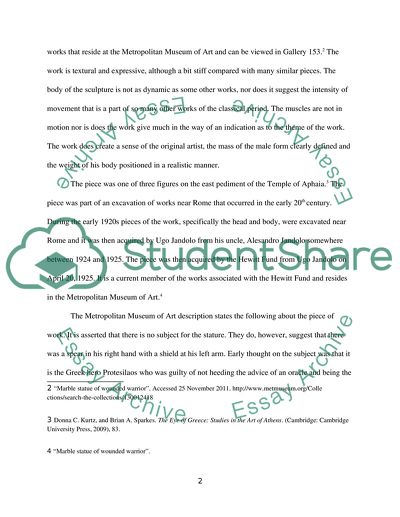Cite this document
(Overview of Marble Statue of a Wounded Warrior from the Roman Term Paper, n.d.)
Overview of Marble Statue of a Wounded Warrior from the Roman Term Paper. Retrieved from https://studentshare.org/performing-arts/1761749-art-history
Overview of Marble Statue of a Wounded Warrior from the Roman Term Paper. Retrieved from https://studentshare.org/performing-arts/1761749-art-history
(Overview of Marble Statue of a Wounded Warrior from the Roman Term Paper)
Overview of Marble Statue of a Wounded Warrior from the Roman Term Paper. https://studentshare.org/performing-arts/1761749-art-history.
Overview of Marble Statue of a Wounded Warrior from the Roman Term Paper. https://studentshare.org/performing-arts/1761749-art-history.
“Overview of Marble Statue of a Wounded Warrior from the Roman Term Paper”, n.d. https://studentshare.org/performing-arts/1761749-art-history.


